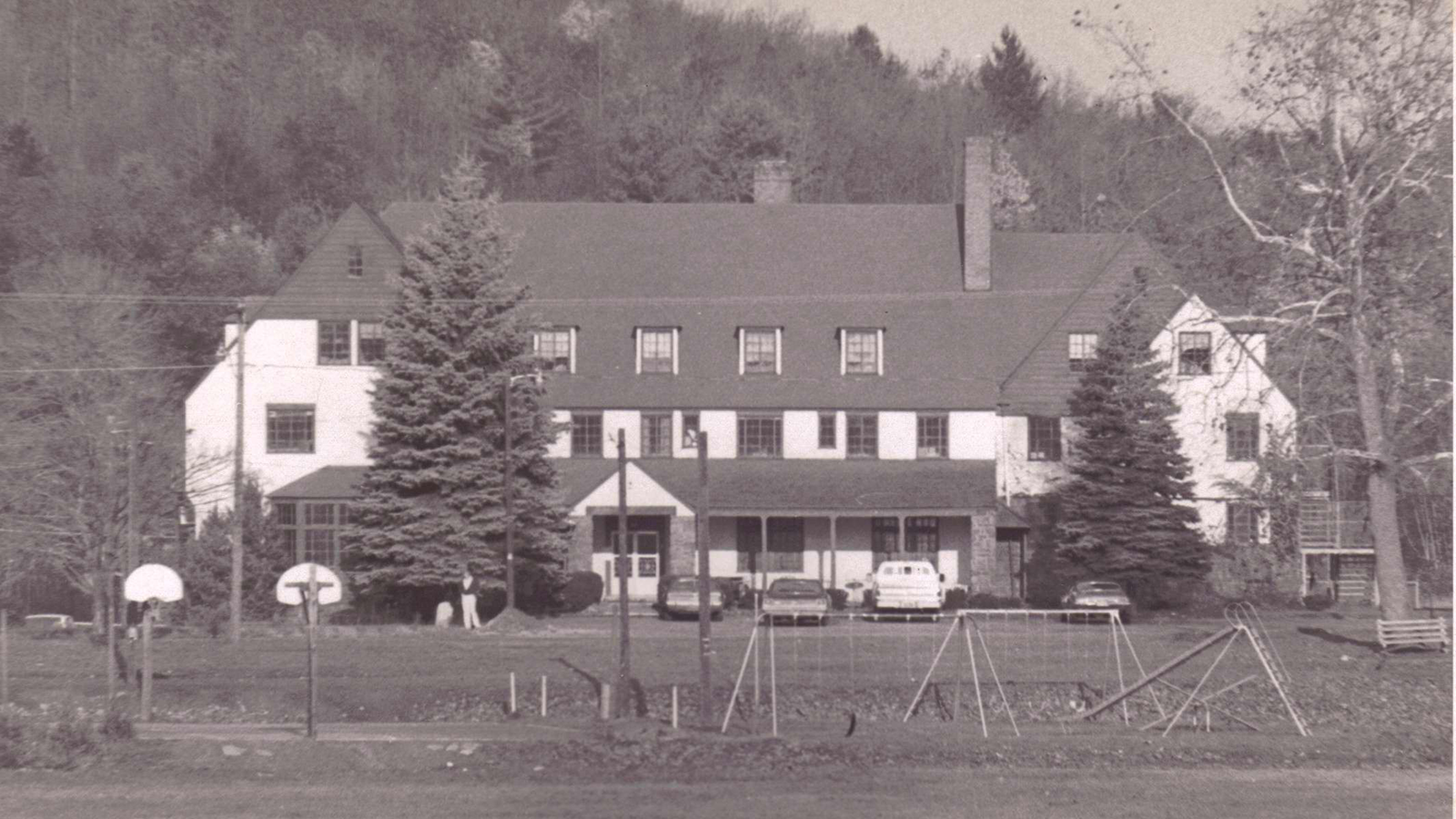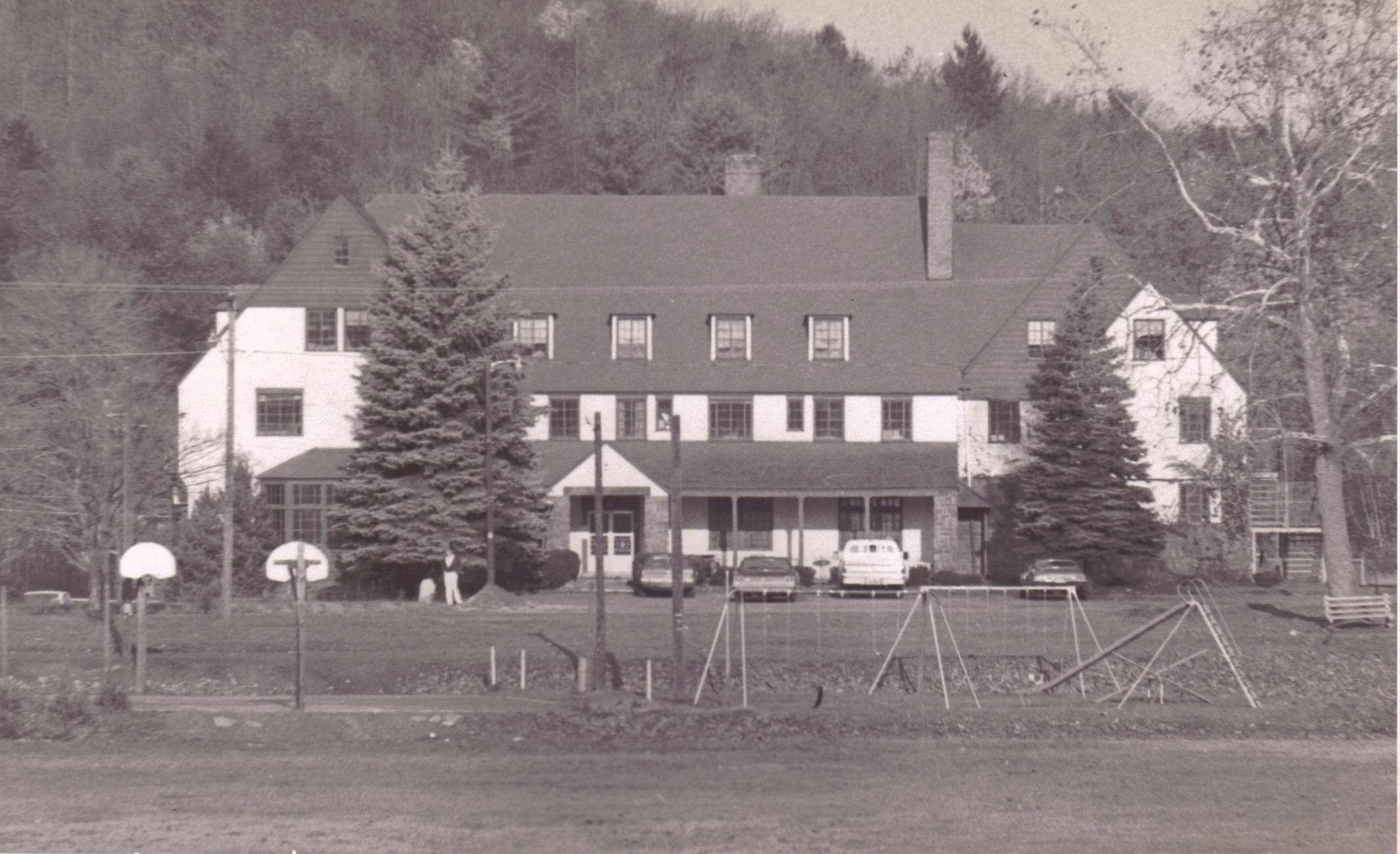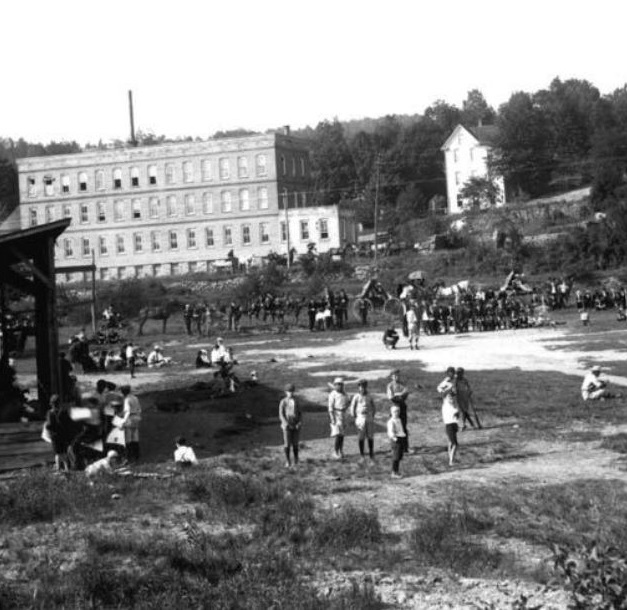Receive for Free - Discover & Explore eNewsletter monthly with advance notice of special offers, packages, and insider savings from 10% - 30% off Best Available Rates at selected hotels.
history
Discover the Settlers Inn at Bingham Park, which has been offering exceptional accommodations in the beautiful Pocono Mountains since 1927.
The Settlers Inn at Bingham Park, a member of Historic Hotels of America since 2010, dates back to 1927.
VIEW TIMELINEThe History of The Settlers Inn at Bingham Park
Experience the rich history, tradition, and heritage of The Settler's Inn in this video celebrating the hotel's 40th anniversary.
WATCH NOWA member of Historic Hotels of America since 2010, The Settlers Inn at Bingham Park stands as a fine example of Arts and Crafts architectural design. Native bluestone and chestnut wood serve as the foundation of the Inn’s massive structure. The building was built by the community shortly after Lake Wallenpaupack, a man-made lake with a 52-mile shoreline, was created in 1925. The forward-thinking Hawley Chamber of Commerce rightfully believed that tourists would come to the lake and wanted to be prepared with the finest hotel for miles around. After months of continuous construction, the organization succeeded in building a 54-room hotel. Unfortunately, the Great Depression and World War II kept the building from opening until 1944. After a series of different owners and incarnations, the Genzlinger family purchased the historic destination in 1980. It immediately became a labor of love for the Genzlingers, who thoroughly restored the building’s unique historical character. Throughout every aspect of The Settlers Inn experience, founders Jeanne and Grant Genzlinger infused the true spirit of the Arts and Crafts movement.
From The Inn’s farm-to-table menus highlighting quality products of local farms and purveyors, to the beautiful furnishings in its guestrooms and gathering spaces, Jeanne and Grant have paid homage to the movement that has since inspired their work. “For many years Grant was our Executive Chef, and he loved the connection of the farm and garden to the kitchen,” says Jeanne. “He enjoyed planning The Inn’s gardens and is passionate about working with our region’s local farmers to bring healthy and delicious meals to our guests.” The Genzlingers believe they are very fortunate that Chef Ben Sutter, CEC, continues this tradition with his own innovative style. “Jeanne finds the same creative outlet in searching for the antiques, as well as current items that adorn The Inn and The Potting Shed,” says Grant. “She selects chestnut and cherry woods from our native forests, hand-screened Bradbury and Bradbury wallpapers, hand-made Fulper tiles, and artwork that support the style.” Jeanne and Grant, and now their son Justin, remain true to their mission of creating, “a handcrafted and memorable hospitality experience for each guest.”
-
About the Location +
The Settlers Inn at Bingham Park resides near the shore of Lake Wallenpaupack on the eastern end of Pennsylvania’s Pocono Mountains. Extending for some 13 miles in length, it specifically straddles the border between Wayne and Pike Counties. Its primary outlet is the Lackawaxen River, which serves as a tributary to the much larger Delaware. The land upon which the lake currently resides was once inhabited by the Lenape Indians, who called the area “Wahlinkpapeck” or “deep and dark.” The name specifically referred to the densely forested geography that lined the creek that twisted through the area. English settlers later anglicized the name to “Wallenpaupack” when they arrived in the late-18th century, interpreting it to mean, “the stream of swift and slow water.” The largest landowner soon became James Wilson, who was one of the signatories for both the Declaration of Independence and the United States Constitution. A small village quickly developed at the end of the century within Wilson’s landholdings, which the citizens called “Wilsonville.” A number of other communities subsequently emerged throughout the 1800s, including the likes of Hawley, Paupack, and Palmyra.
Then, in the 20th century, the Pennsylvania Power & Light Company (PP&L) decided to transform Wallenpaupack Creek into a massive lake. The company specifically hoped that the body of water would provide the region with a reliable source of hydroelectric power. The project took some 2,700 men to complete and lasted for nearly two years, ending in 1926. To create the lake, PP&L constructed a dam and levee in the vicinity of Wilsonville. It then purchased several hundred acres of land from local residents at a rate of $20 per plot. Many of their homes were left behind and demolished, with just the foundations remaining. Most Wilsonville was even abandoned and submerged when the company finally flooded the area. But people were amazed by the water’s clarity as soon as Lake Wallenpaupack opened. In some cases, visitors reported that they could see straight down to the bottom of the lakebed. Yet, the location quickly became a great source of outdoor recreation, as the entire Pocono region emerged as a prestigious tourist hotspot in the 1960s. Today, the Lake Wallenpaupack Watershed Management District supervises the location on behalf of the people who currently live nearby.
The Poconos themselves are a massive mountain chain that loom over the Delaware River before ending near the Lehigh Valley. Its northern reaches drift into New York, where they link up with the Catskills. Some of the summits in the Poconos are capable of reaching several hundred feet in elevation, with the highest peak measuring some 1,800 feet. People have long inhabited the region, as many Native American societies—including the Lenape, Iroquois, and Shawnee—once called the Poconos home. In 1742, English and German settlers began arriving en masse, although the Dutch had created a few outposts on the fringes of the mountain chain a century prior. Small sustenance farms populated the areas where the land was flat and the soil arable. But the Poconos were soon celebrated regionally for their serene environment. The area, thus, gradually built a reputation as a secluded retreat, with the first hotel opening in 1829. Yet, its true metamorphosis into a major holiday destination did not truly come to fruition until the mid-20th century. World War II heavily spurred this development, as American soldiers returning from overseas took their loved ones up into the mountains for a much-needed vacation. Its popularity exploded tenfold once the war ended, with families traveling from all over the nation to enjoy its natural beauty. Since the 1990s, the Poconos have been among the most cherished vacation getaways in all of America, with tens of thousands visiting every year.
-
About the Architecture +
The Settlers Inn at Bingham Park is among the best examples of Arts and Crafts architecture in the whole Poconos region. Arts and Crafts architecture itself actually originates to two English reformers from the Victorian era—John Ruskin and William Morris. With the proliferation of urban sprawl created during the Industrial Revolution, the two men yearned to find some kind of antidote to remedy the situation. Morris, an architect, suggested creating a new architectural style of handcrafted designs that harkened back to a time before the ubiquity of machines. As Morris and his colleagues expressed, the new style would focus more on the quality of the work, rather than the mass-produced tastes of industrialization. Furthermore, Morris envisioned his rustic aesthetic to serve working-class families in particular, as both the building materials and floorplans would emphasize a pleasant mixture of detail and simplicity.
As such, much of Morris’ earliest designs involved the creation of residential homes, specifically a new kind called the “bungalow.” Those new structures often used real wood, brick, or stone in such a way that the supporting beams were exposed in a manner reminiscent of Tudor Revival structures. Low-pitched roofs hung from the top of the buildings, while a gorgeous porch usually wrapped around the front façade. Inside, the layout rejected conventional Victorian design practices by being open and spacious. Morris also encouraged the development of built-in furniture and light fixtures, which ensure a beautiful marriage of economic utility and the imagination. A massive fireplace even anchored the main living room, since the family served as the main source of inspiration for the Arts and Crafts movement.
Morris’ philosophy became so popular that it had found a ready audience in North America around the beginning of the 20th century. Homes and small businesses continued to serve as the main type of structure for Arts and Crafts architecture, although a few churches and municipal buildings appeared using the style, too. The rustic nature of Arts and Crafts architecture even moved the nascent National Park Service to develop its own exclusive architectural theme for all the inns and lodges it planned to open at the time! The Arts and Crafts Movement nonetheless started to dissipate in the years following World War I, before nearly disappearing entirely around the start of the Cold War. Still, Arts and Crafts design has since remained one of the most iconic architectural movements in the United States, with dozens of buildings created in the style listed on the National Register of Historic Places.





































